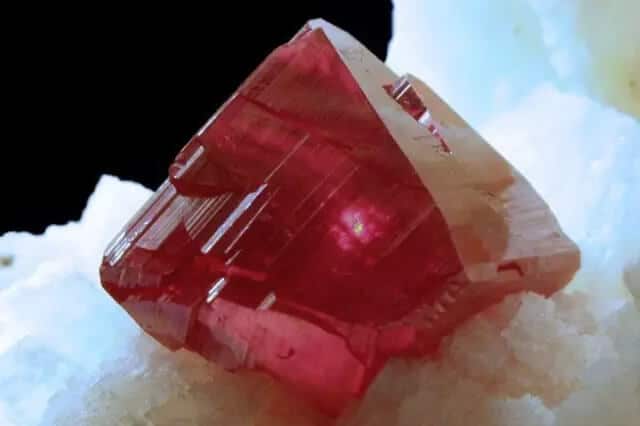Cinnabar Mining Process
Cinnabar

Description
Cinnabar is generally found in a massive, granular or earthy form and is bright scarlet to brick-red in color, though it occasionally occurs in crystals with a nonmetallic adamantine luster. It resembles quartz in its symmetry. It exhibits birefringence, and it has the highest refractive index of any mineral. Its mean refractive index is 3.08 (sodium light wavelengths), versus the indices for diamond and the non-mineral gallium(III) arsenide (GaAs), which are 2.42 and 3.93, respectively. The hardness of cinnabar is 2.0–2.5 on the Mohs scale, and its specific gravity 8.1.
Relation to Mining
Rutile is recovered through surface mining and dredging of dense beach sands.Uses
Because it has a very high index of refraction, rutile is used for many purposes in optics, a vast majority of which come from synthetic rutile, which was first produced in 1948. As a source of titanium dioxide pigment, rutile is used in plastics, paper products, paints, sunscreen, and even food coloring. Certain welding equipment also uses it.
| Type | Crystal System |
| Minerals | trigonal |
| Mineral Classification | Color |
| HgS Minerals | bright scarlet to brick-red |
| Chemical Formula | Luster |
| HgS | dim |
| Streak | Fracture |
| red | massive, granular or earthy form |
| Mohs Hardness | |
| 2-2.5 |

